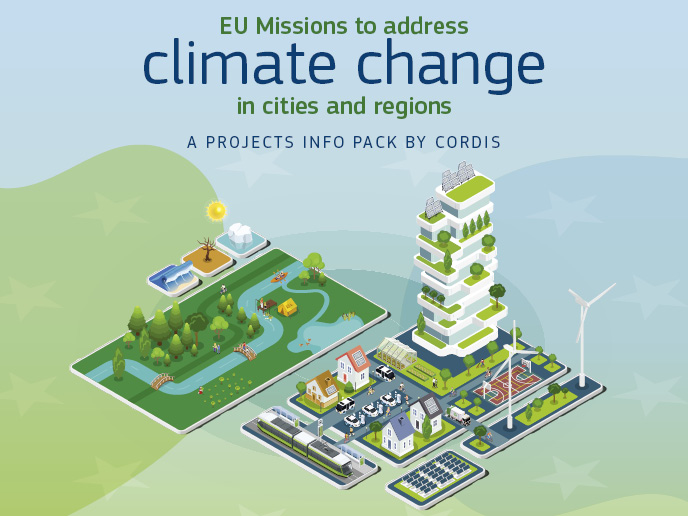Promoting conservation of seal populations in Finland
The seal is an opportunistic feeder and hunts fish, molluscs and crustaceans. Some seals such as the monk seal have been classified as endangered and others such as the grey seal are often protected by conservation laws. The conservation of seal populations is bound up with the state of its natural habitat but also with the state of competition it faces in attaining its food supply. This research focused on conservation of the grey seal population in a coastal area of Finland. The team's main aim was to find a suitable solution to the conflict of interest that exists between the coastal fishing industry and seal conservationists. The solution involved advancing the regional action plan. The scope of the action plan required the active participation of all the stakeholders involved. The FRAP project worked on building a framework for making an ecological and socio-economic assessment of the positive and negative effects of interaction between fisheries and the conservation of fish-eating vertebrates. This research has enabled the development of compensation strategies that are efficient but also ecological.







